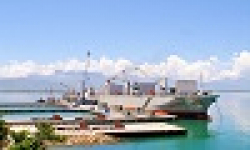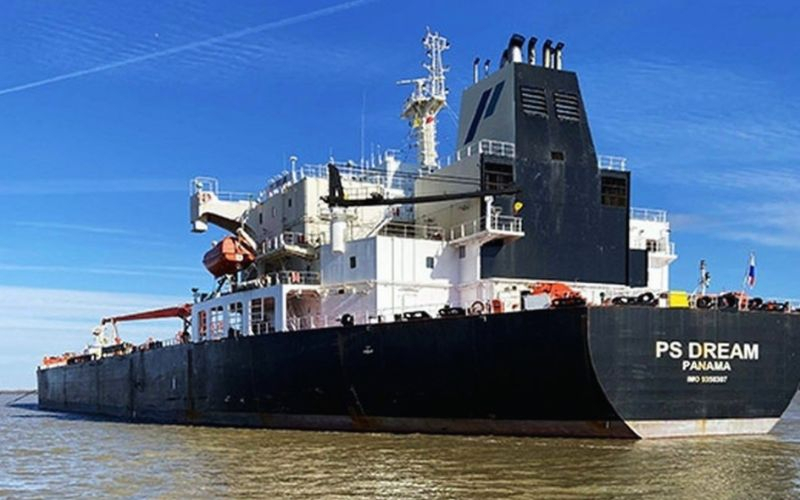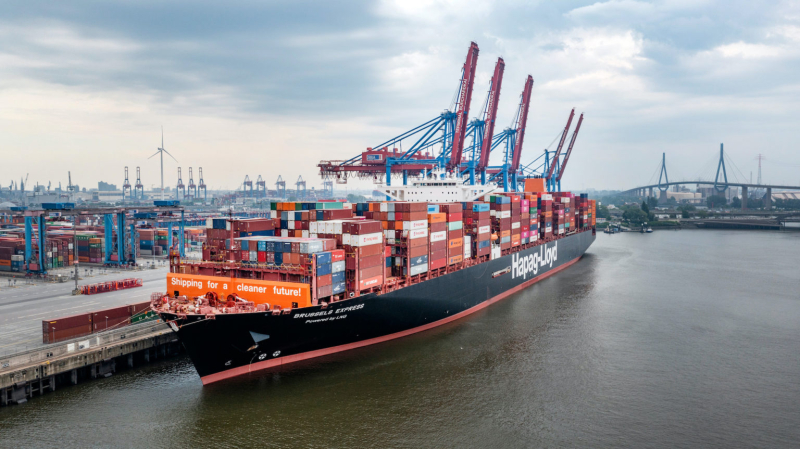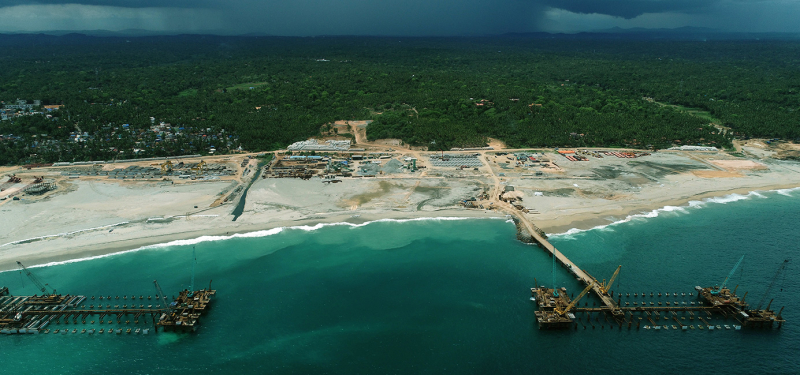
A massive 365,173 teu expansion this year by MSC has cemented the carrier’s position as the biggest container shipping line in the world, widening the gap to the second largest carrier, Maersk.
In its drive to acquire the tonnage it needs to meet the demands of its customers MSC is building a significant fleet of new vessels, 25 newbuilds totaling 316,691 teu in capacity, and a further 48,482 teu in second hand tonnage.
“Its relentless pursuit of capacity has substantially widened the gap with the number two operator, Maersk (4.5 million teu), to almost 2.1 million teu. To put this into perspective, this gap alone is equal to the entire fleet of ONE (Ocean Network Express) in sixth position,” said Alphaliner.
MSC accounted for 31% of the total fleet growth for the top ten carriers since the beginning of this year, only ONE had a higher percentage growth rate than MSC, at 5.9% compared to the Swiss carrier’s 5.5%, but that increased ONE’s fleet by 122,786 teu, about a third of MSC’s teu growth.
.jpg?width=700&auto=webp&quality=80&disable=upscale)
Source: Alphaliner
Peter Sand, chief analyst at Xe
Sand said that MSC will face the greatest challenge in this respect - as they take delivery of more than 500,000 teu in 2025.
The analyst also pointed out that MSC can survive a downturn in demand, which is seemingly under way as “there is a limit to how much money you lose, while there no upper limit of how much you can make!” Added Sand.
However, Dynamar data shows that MSC’s past policy to employ older tonnage could yet see a levelling up of the top ten carriers league table.
Dynamar consultant Darron Wadey pointed to a recent survey conducted by the Netherlands based company at the end of last year, which found that around 35-40% of MSC’s fleet, by number, was at least 20 years old, about a fifth of its capacity.
By comparison Maersk’s share was 15-20% of vessel numbers and 10-15% of capacity, while for the CMA CGM group the numbers were 10-15% of ships and less than 10% of capacity.
“If all three magically scrapped their 20+ year-old ships at that point in time, then MSC would end up with the smallest fleet by number at just over 500, whilst the other two would still be over the 550 mark,” said Wadey.
He added: “So, if (when) markets take a serious dive, MSC has plenty of room to spare regarding a ‘right sizing’ of its fleet quickly and without actually eating into its stock of more modern vessels that have yet to fully pay-off their investments.”
Moreover, Wadey pointed out that about two-thirds of MSC’s biggest ships are chartered so it does not have many large and comparatively new ships on its balance sheet.
“In extremis any chartered-in ship can be returned to their owners early just like carriers did post the global financial crisis of 2008-9, even if such a (desperate) move incurred penalties,” said Wadey.
The company has been through many cycles in its more than half a century of experience and It is now much more than just a shipping company, with its container logistics and transport company, with offshoots in other sectors too, including terminal operations.
“Given all the above, I think it can survive the next downturn. If not, then the whole sector is in jeopardy,” concluded Wadey.
In total Alphaliner reported that the first half of 2025 saw the global container fleet grow by 1.18 million teu, a relatively small 3.8% increase since January. This marks a break from several recent growth-fuelled years.
neta, told Seatrade Maritime News: “In our mid-year outlook we encouraged shippers to play the 'delivery game'. By that we mean, some carriers with a massive orderbook to deliver in 2025, will also be under pressure to fill those ships.”





























